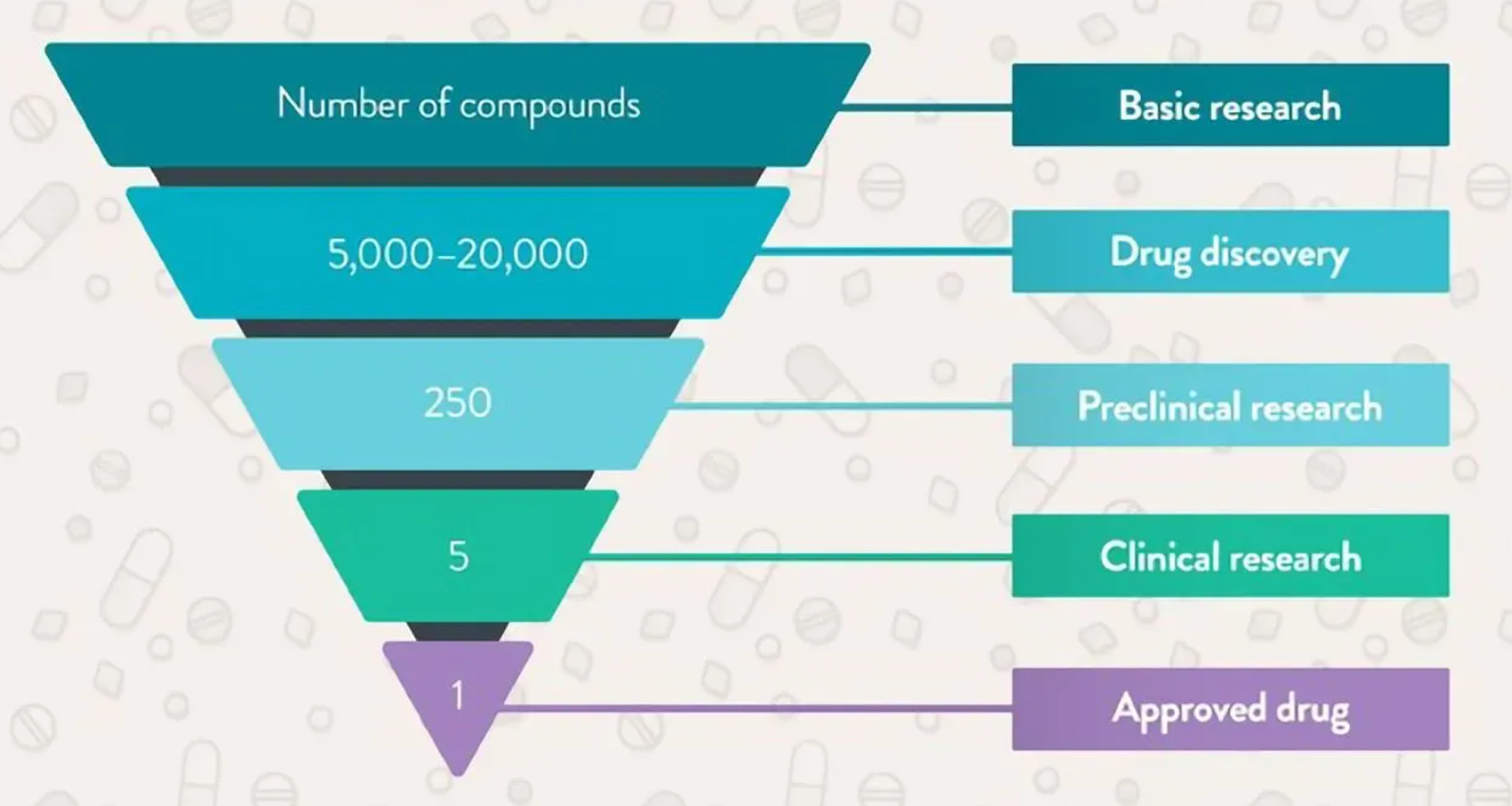Functional groups are specific moieties or groups of atoms that are attached to a carbon atom in an organic molecule. They are responsible for the characteristic physical, chemical, and biological properties of the molecule. In drug design and discovery, functional groups are used to target specific biological pathways and receptors.
There are many different types of functional groups, each with its own unique properties. Some of the most common functional groups in drugs include:
- Alcohols: Alcohols have a hydroxyl (-OH) group attached to a carbon atom. They are polar molecules and can form hydrogen bonds. Alcohols are often used in drugs to increase solubility and to improve the bioavailability of the drug.
- Ethers: Ethers have an oxygen atom (-O-) that bridges two carbon atoms. They are non-polar molecules and do not form hydrogen bonds. Ethers are often used in drugs to increase lipophilicity and to improve the stability of the drug.
- Amines: Amines have a nitrogen atom (-N) that has one or more hydrogen atoms attached to it. They are polar molecules and can form hydrogen bonds. Amines are often used in drugs to increase the potency of the drug and to improve the bioavailability of the drug.
- Carboxylic acids: Carboxylic acids have a carboxyl (-COOH) group attached to a carbon atom. They are polar molecules and can form hydrogen bonds. Carboxylic acids are often used in drugs to increase the potency of the drug and to improve the bioavailability of the drug.
- Amides: Amides have a nitrogen atom (-N) that is double bonded to a carbon atom and has one or more hydrogen atoms attached to it. They are polar molecules and can form hydrogen bonds. Amides are often used in drugs to increase the potency of the drug and to improve the bioavailability of the drug.
Functional groups can be combined in different ways to create new molecules with different properties. This allows medicinal chemists to design drugs that are specifically targeted to a particular biological pathway or receptor. For example, an alcohol group can be added to a carboxylic acid to create an ester. Esters are more lipophilic than carboxylic acids, which makes them more likely to cross the cell membrane and reach their target receptor.
The use of functional groups in drug design and discovery has revolutionized the pharmaceutical industry. By understanding the properties of different functional groups, medicinal chemists can design drugs that are more effective, safer, and easier to administer. This has led to the development of new treatments for a wide range of diseases, including cancer, heart disease, and diabetes.
In addition to their use in drug design, functional groups are also used in other areas of chemistry, such as organic synthesis, polymer chemistry, and analytical chemistry. By understanding the properties of different functional groups, chemists can create new materials, improve the performance of existing materials, and develop new analytical techniques.
Functional groups are an essential part of chemistry. They play a vital role in drug design, discovery, and development. By understanding the properties of different functional groups, chemists can create new drugs, materials, and analytical techniques that improve the quality of life for people around the world.thumb_upthumb_downuploadGoogle itmore_vert









